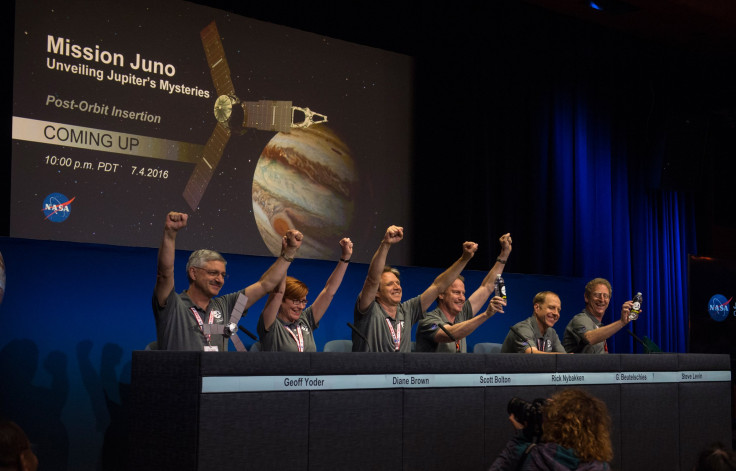Australia returns to the satellite business with 'cubesats'

Australia is back in the satellite business after fifteen years of hiatus with satellites that took off Cape Canaveral in Florida. The new satellites are the size of loaf bread and are expected to provide a pivotal step in enabling Australia’s admission into the global satellite market.
The satellites launched into space by NASA on Wednesday marks the third time that Australian-built satellites were sent into space according to Andrew Dempster, the director of the Australian Centre for Space Engineering Research (ACSER) at UNSW, which built the first two satellites. The first one was launched in 1967, then another in 2002.
"So we've got more hardware in space today than Australia's had in its history," the Huffington Post has quoted Dempster saying. The tiny satellites called “cubesats” join some 28 others as they were all launched into space aboard a rocket from an air force station in the United States. The satellites weigh only 1.3kg each.
Despite their tiny size, researchers assure that they would provide groundbreaking information related to weather and communication systems. Universities across the country, which includes University of Sydney, University of Adelaide and the University of South Australia teamed up with universities from 22 countries for the international space mission, which they call QB50. The satellites are now on their way to the International Space Station.
The cubesats are set to be launched around 380km above the Earth next month. The satellites are geared to drift into an orbit around Earth to take the most extensive measurements ever made of the thermosphere.
The thermosphere is the layer of the Earth's atmosphere between 200 and 380km above the Earth. It holds the hottest and the coldest air on Earth. Although the air was thin for air balloons and research planes, the gravitational force is enough to pull satellites out of their orbit.
Elias Aboutanios, the project leader for the UNSW-EC0 cubesat, said thermosphere is tremendously difficult to understand and is hard to measure. Studying this zone of the atmosphere becomes more significant than ever, with more satellites being sent out.
Aboutanios explained that it is where the coalition of much of the ultraviolet and X-ray radiation from the Sun and the Earth took place, influencing the weather. He believes that the QB50 cubesats are likely to reveal more about the thermosphere, providing Australians with new opportunities to get involved in space exploration. UNSW's Dean of Engineering Mark Hoffman said the cubesats has made space accessible as never before.
Beyond Science/YouTube
Read More: NASA chief of human spaceflight bares plan for lunar station
Aerospace company Boeing's new programme to create 250 Australian jobs





















